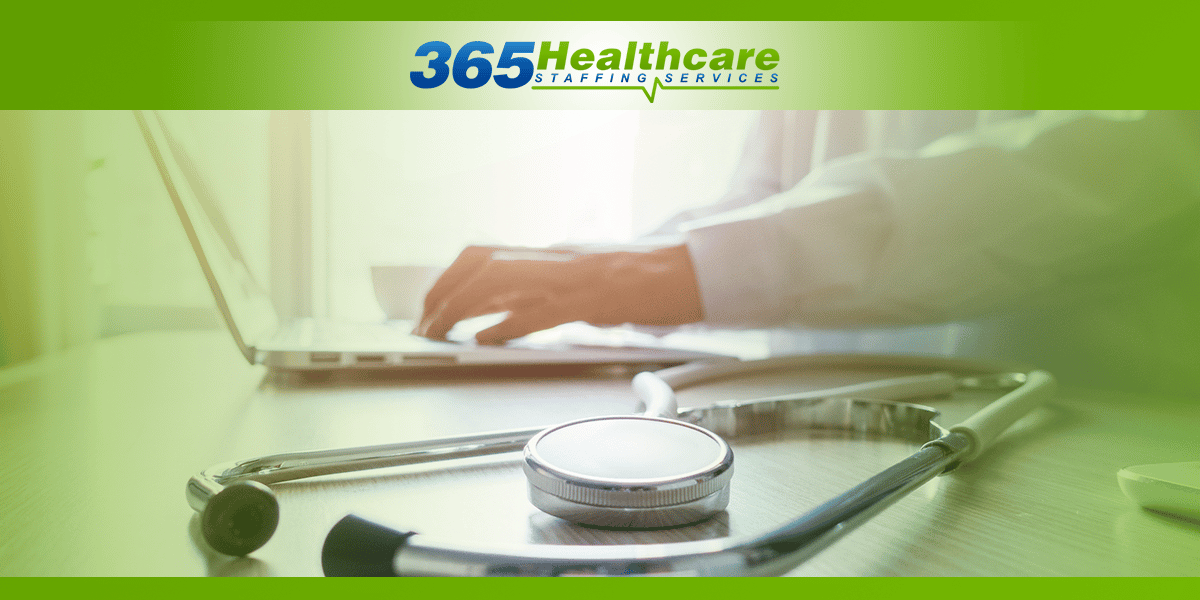When a patient is in the hospital or at the doctor’s office, it’s easy to monitor that patient, but what happens when the patient goes home? Healthcare providers yearned for the day when they could access that information. The future is here: Remote patient monitoring makes it possible to keep track of how a patient is doing in the real world.
Why Monitor Patients Remotely?
During any given day, a person with health issues may face multiple challenges, episodes, or problems. Even when keeping track of everything, it can be difficult to quantify the severity of an incident and report it to a medical professional. RPM (remote patient monitoring) technology includes daily monitoring devices such as glucose meters for patients with diabetes and heart or blood pressure monitors for patients receiving cardiac care. Data can be sent to a physician’s office by using…a special software application….
This is beneficial to patients in many ways. It removes the burden of trying to track symptoms, fluctuations, and other important information. It also gives healthcare providers solid data they can use to provide optimal care, and it helps avoid bigger problems. If patients can manage conditions such as diabetes and heart disease better outside of the hospital, costly major medical episodes are less likely to occur.
How Does It Work?
Monitoring devices in the hospital or at the doctor’s office monitor various bodily functions and issues so healthcare providers can keep track of necessary medical information. Remote monitoring devices work the same way. Bioelectronics [is] an emerging field whose leaders are developing small, wearable, wi-fi-enabled sensors that can detect all kinds of vital information – heart rate, body temperature, hydration levels – and relay them to your doctor or your smartphone in real time.
The technology goes beyond monitoring: with the evolution in technology, neuromonitoring devices can predict the occurrence of neurodegenerative diseases. That information can be very useful for doctors and other healthcare providers as they work to provide the best possible care for their patients.
Building on Success
Does all of this information help patients? Does it help healthcare providers care for them better? One study focused on patients with COPD and heart failure. The study found a 50 percent reduction in 30-day readmission and a 13-19 percent decrease in 180-day readmission among patients who received the telemonitoring intervention. Their conclusion was that remote patient monitoring has the potential to reduce long-term acute care utilization.
As a result of successes like this one, remote patient monitoring is on the rise. [In 2014,] 3 million patients worldwide [were] connected to some form of remote monitoring device at home and monitored by a professional caregiver. [By 2018, that number is projected] to top 19 million.
What’s Your Experience?
At 365 Healthcare Staffing Services, we specialize in the recruitment and placement of healthcare professionals in per diem, travel, and permanent assignments in healthcare facilities across the country. Whether you have experience with remote patient monitoring or would like to learn more about it, we’d like to talk with you and help you find your next professional opportunity. Give us a call at 310.436.3650 today.


